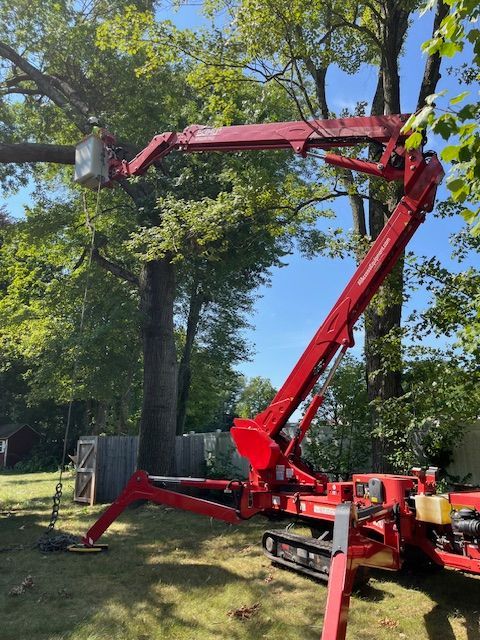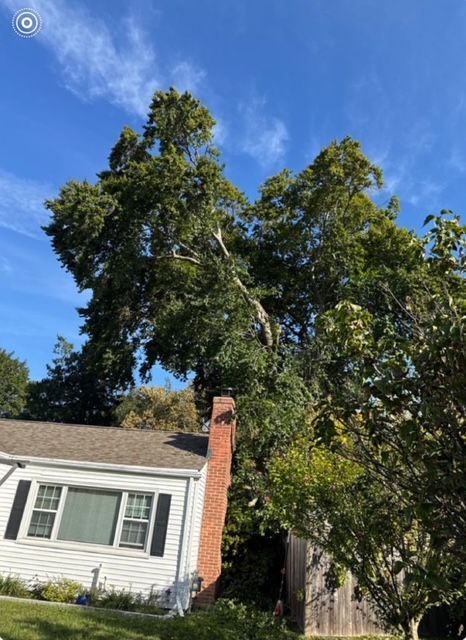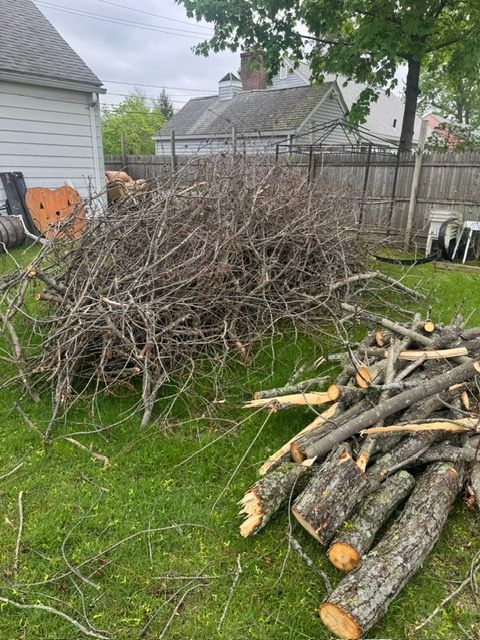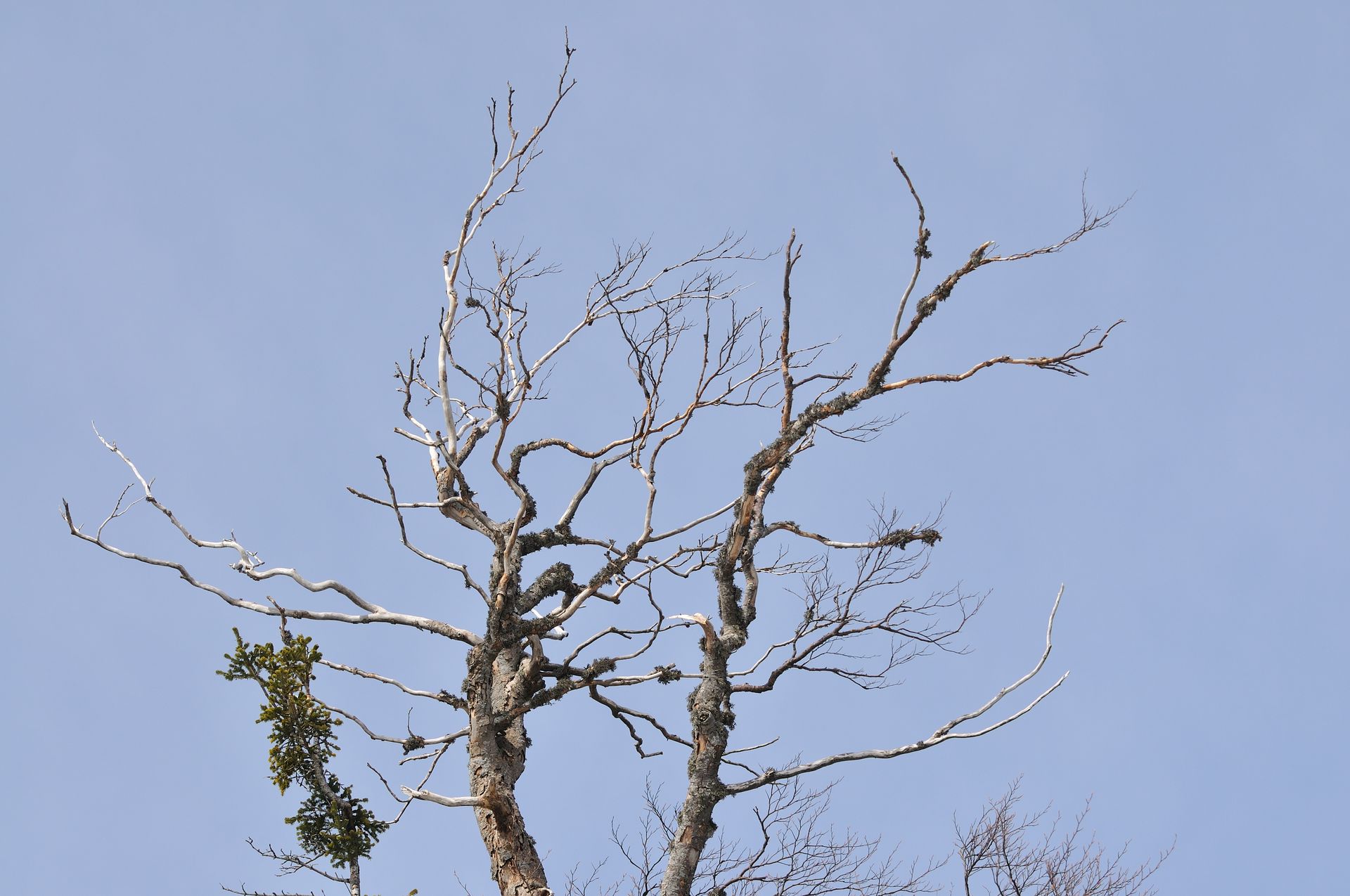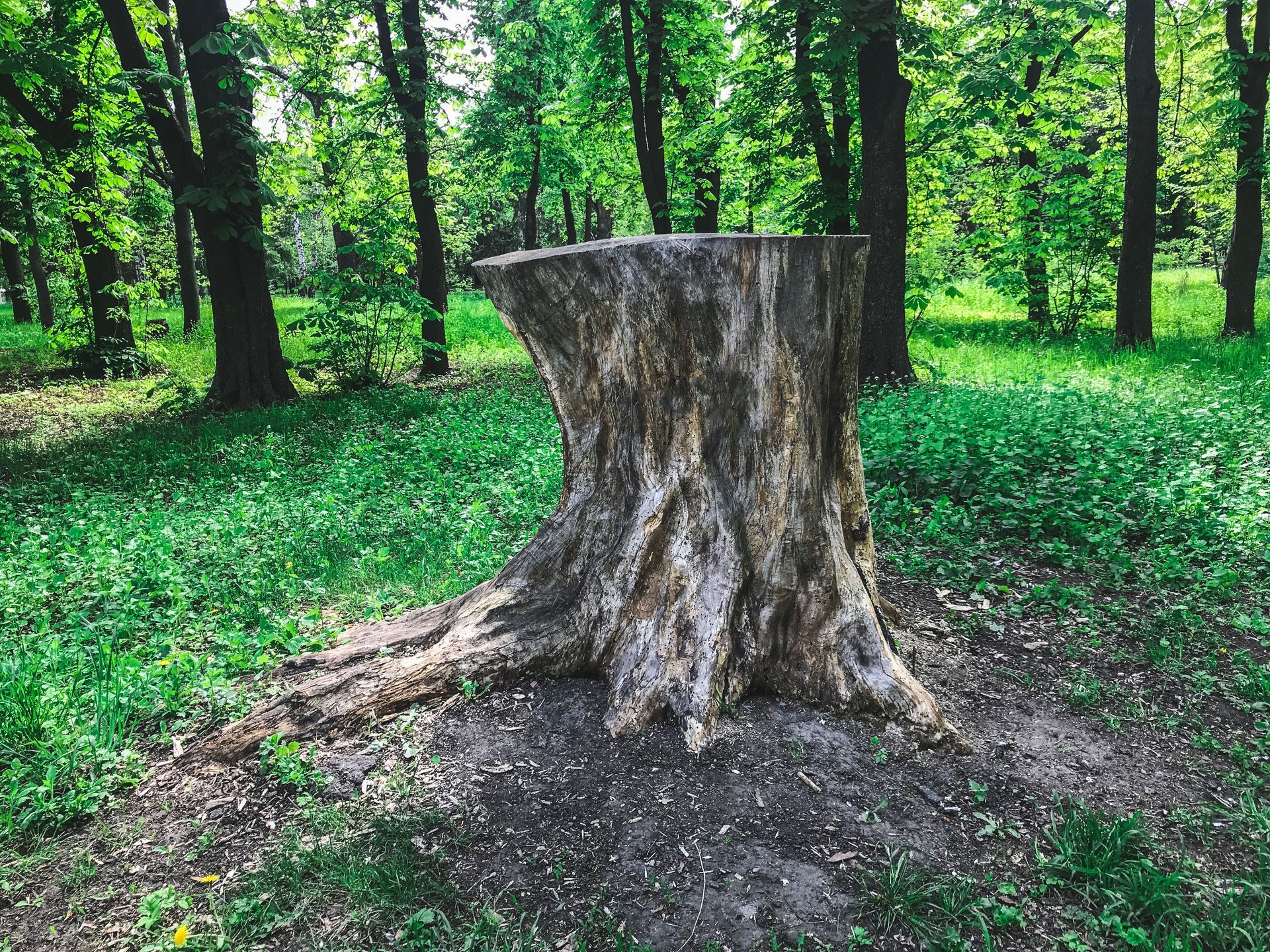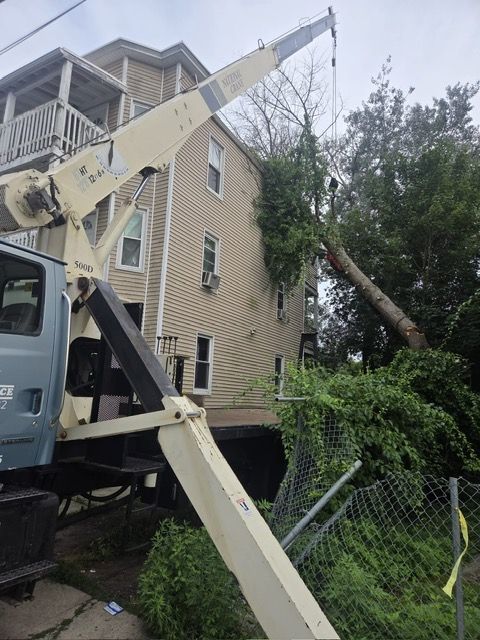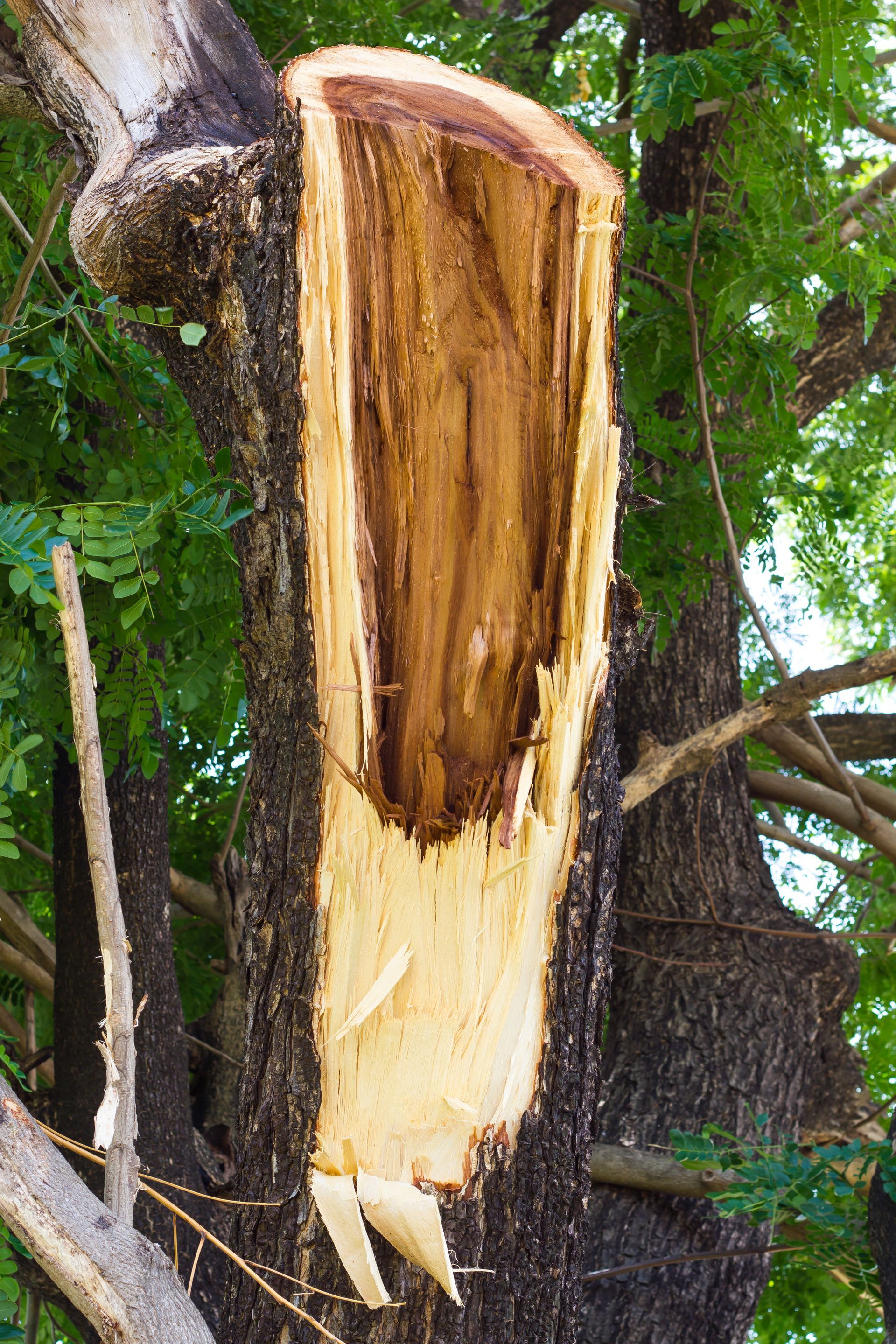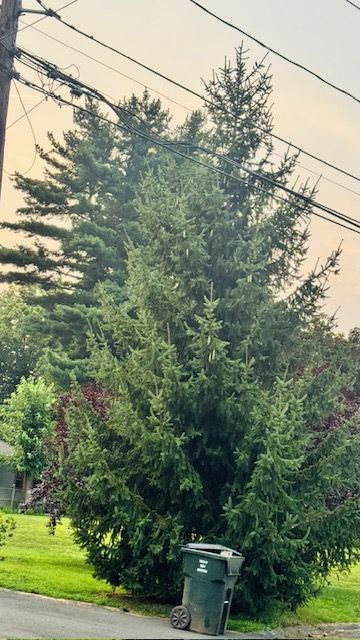How to Negotiate Tree Removal
A Homeowner's Guide to Negotiating Tree Removal
Negotiating the removal of trees from your property can be a daunting task. This guide offers valuable tips and strategies for successfully negotiating tree removal, whether you're dealing with a single tree or a large-scale project.
Understanding the Tree Removal Process
Before starting negotiations, it's crucial to understand the tree removal process. This includes assessing the tree's condition, determining the best removal method, and obtaining any necessary permits. This information will help you negotiate effectively and make informed decisions.
Researching Tree Removal Companies
Begin by researching tree removal companies in your area. Look for companies with a good reputation, positive reviews, and experience in the type of tree removal you require. Obtain quotes from multiple companies to compare prices and services.
Setting Your Budget
Determine your budget for tree removal and any additional services you may need, such as stump grinding or debris removal. Having a clear budget in mind will help you negotiate with tree removal companies and avoid overspending.
Understanding Tree Removal Costs
Tree removal costs can vary widely depending on factors such as the tree's size and location, the complexity of the removal process, and any additional services required. It's essential to understand these costs and negotiate based on a fair market price.
Negotiating with Tree Removal Companies
When negotiating with tree removal companies, be prepared to discuss the specifics of the job, including the tree's size and location, any obstacles or challenges, and your budget. Be open to compromise and willing to negotiate on price and services to reach a mutually beneficial agreement.
Securing a Written Contract
Once you've negotiated the terms of the tree removal, secure a written contract outlining the agreed-upon price, services, and timeline. Review the contract carefully before signing and ask for clarification on any terms you don't understand.
Preparing for Tree Removal
Before the scheduled tree removal date, prepare your property accordingly. Clear any obstacles or debris that may interfere with the removal process and ensure that the tree removal company has clear access to the tree.
Negotiating
tree removal can be a complex process, but with the right approach, you can ensure a successful outcome. By understanding the tree removal process, researching tree removal companies, setting a budget, and negotiating effectively, you can ensure that your tree removal project is completed safely and efficiently. Collaborating with a professional arborist for assessments and advice contributes to a safer and more enjoyable outdoor space.
